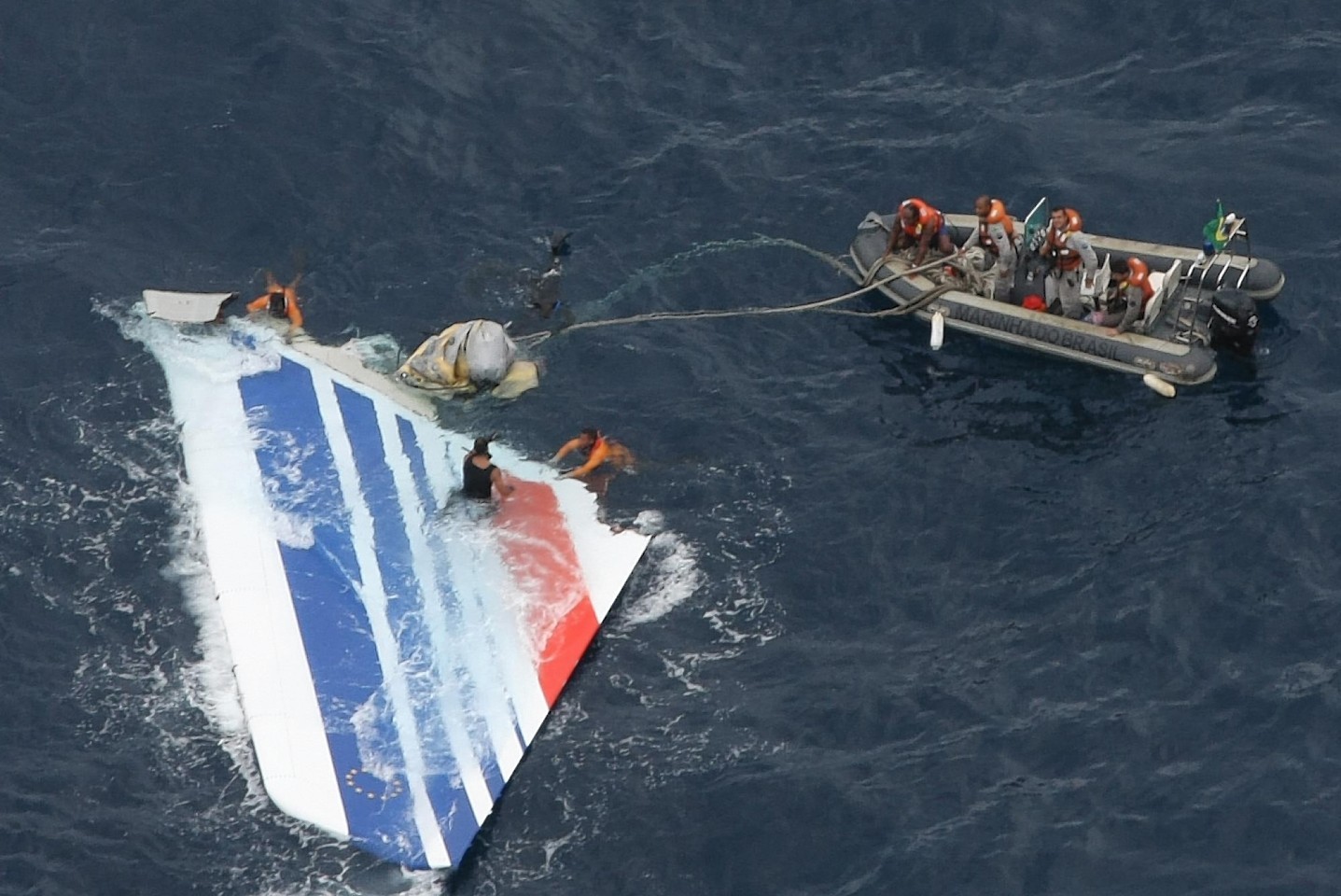The captain on board a doomed Air France plane was asleep minutes before it plunged into the Atlantic killing all on board, it has emerged.
Among the 228 dead were two north east-based men travelling from Rio De Janeiro to Paris when the aircraft passed through a thunderstorm.
With a junior pilot colleague flying the Airbus A330, one is reported to have shouted “F***, we’re dead” as the plane dived into the ocean.
Arthur Coakley, 61, founding director of PD&MS Energy, Aberdeen and Graham Gardner, 52, from Gourock, who worked for Subsea 7 at Westhill, were on board the flight.
Three other Britons also died in the tragedy.
Mr Coakley, who was living in Stonehaven at the time, died in the early hours of June 1, 2009, when Air France flight 447 crashed into the Atlantic Ocean.
A native of Whitby, West Yorkshire, he had been living in Stonehaven’s Forest Park and had been returning from a four-week assignment on a Brazilian oil rig.
At the time, his wife of 34 years, Patricia, said he was “fabulous and kind”, and was worshipped by their children, Dominic, Patrick and Mise.
A flight recorder from Flight 447 has revealed details of conversations between the plane’s three pilots, David Robert, 37, Pierre-Cedric Bonin, 32, and captain, Marc Dubois, 58.
It also revealed that two of the three pilots took sleep breaks in the moments before the plane began to drop in the tropical storm.
The information has come to light as a new investigation into the disaster gets underway.
It has now emerged that Mr Dubois had decided to get some sleep minutes before entering the storm, leaving junior co-pilot, Mr Bonin at the helm.
Chief investigator Alain Bouillard – quoted in the Vanity Fair article on the incident – said: “If the captain had stayed in position through the Inter-tropical Convergence Zone, it would have delayed his sleep by no more than 15 minutes, and because of his experience, maybe the story would have ended differently.
“But I do not believe it was fatigue that caused him to leave. It was more like customary behaviour, part of the piloting culture within Air France.
“And his leaving was not against the rules. Still, it is surprising. If you are responsible for the outcome, you do not go on vacation during the main event.”
The article also states: “On the night of May 31, 2009, the pilots of Flight 447 certainly did not serve their passengers well.”
The plane’s airspeed sensors malfunctioned and began to suffer from a stall well into the flight.
The plane impacted with the water four hours and fifteen minutes into the flight.
The new data has revealed it was flying 25 degrees off course, stalled due west, with its nose facing up, with a descent rate of 11,000ft a minute.
Mr Robert was said to be “dozing” in the flight-rest compartment behind the cockpit. Mr Dubois went for a rest break after Mr Robert returned.
An inquest into Mr Coakley’s death and that of Neil Warrier, 48, from London, took place at Northallerton County Hall, North Yorkshire, in 2013.
Delivering a narrative verdict, coroner Michael Oakley said there had been systematic failures and a blockage of the aircraft’s pitot tubes, used to measure fluid pressures.
He also voiced concern at a possible over-reliance on technology after it was revealed the pilots were inadequately trained.
“The evidence in the official accident report highlights systematic failures and a lack of comprehension of the aircraft’s situation between the pilots during the flight,” he said.
A French Bureau d’Enquêtes et d’Analyses (BEA) report revealed in 2012 that defective equipment – including malfunctioning pitot tubes – were also said to have played a part in the crash, with inaccurate data about the plane’s position causing the co-pilot to steer upwards during a loss of lift, or stall.
Instead of lowering the nose of the plane during the stall, the aircraft was raised.
External sensors, which had been obstructed by ice crystals, produced the wrong information – but Air France has since replaced them on all its aircraft.
